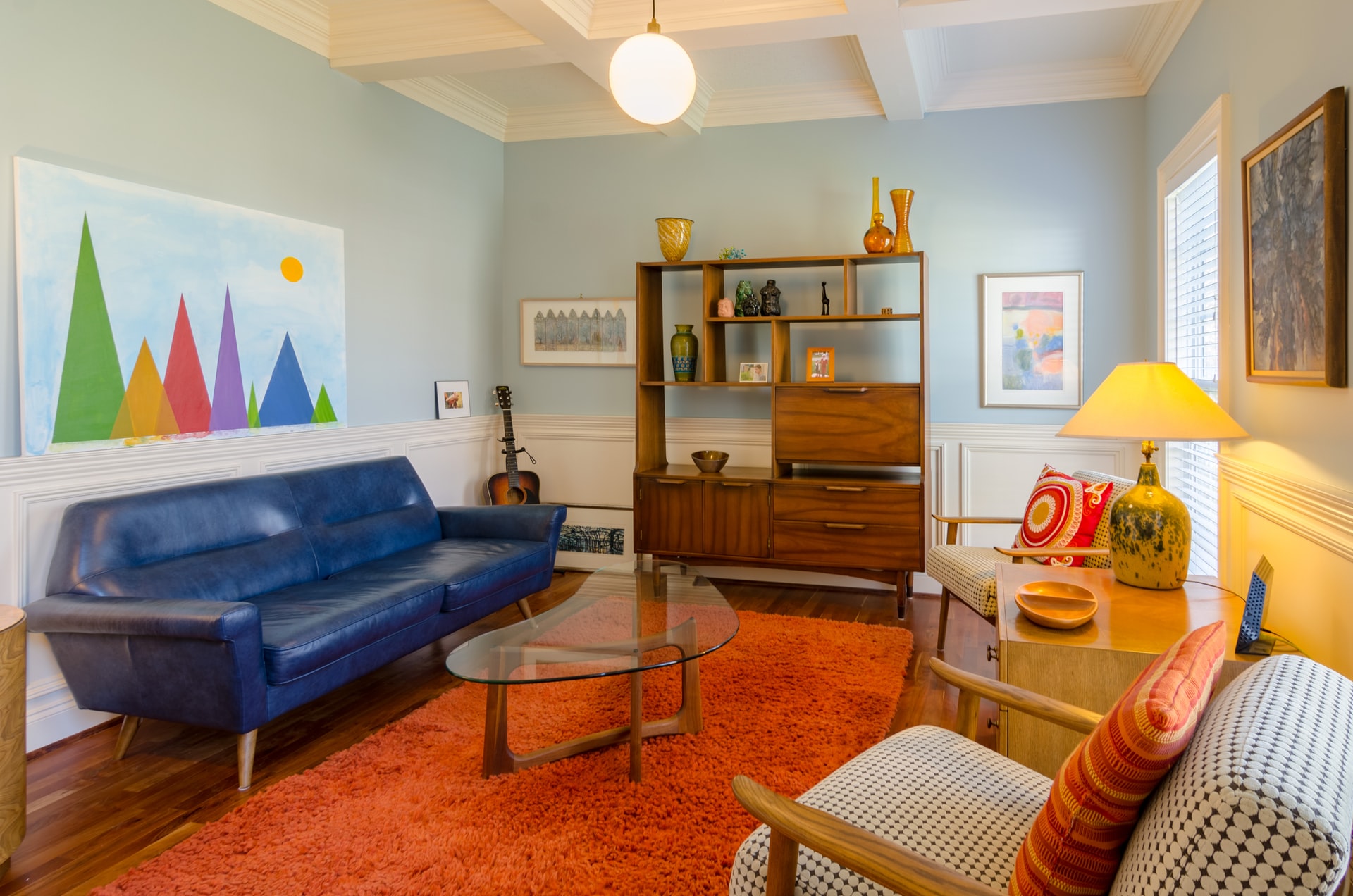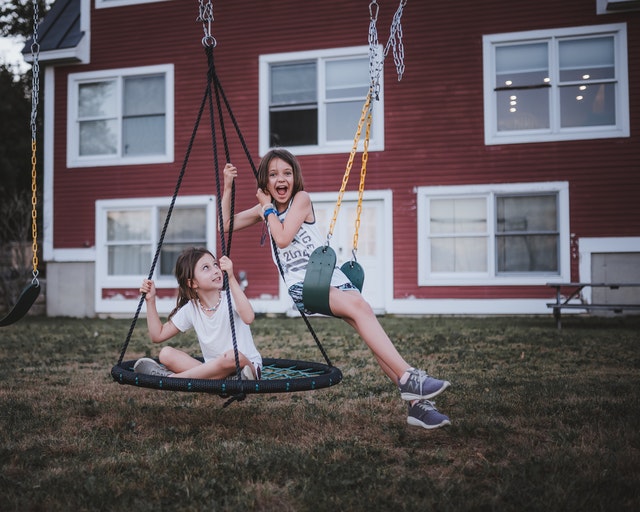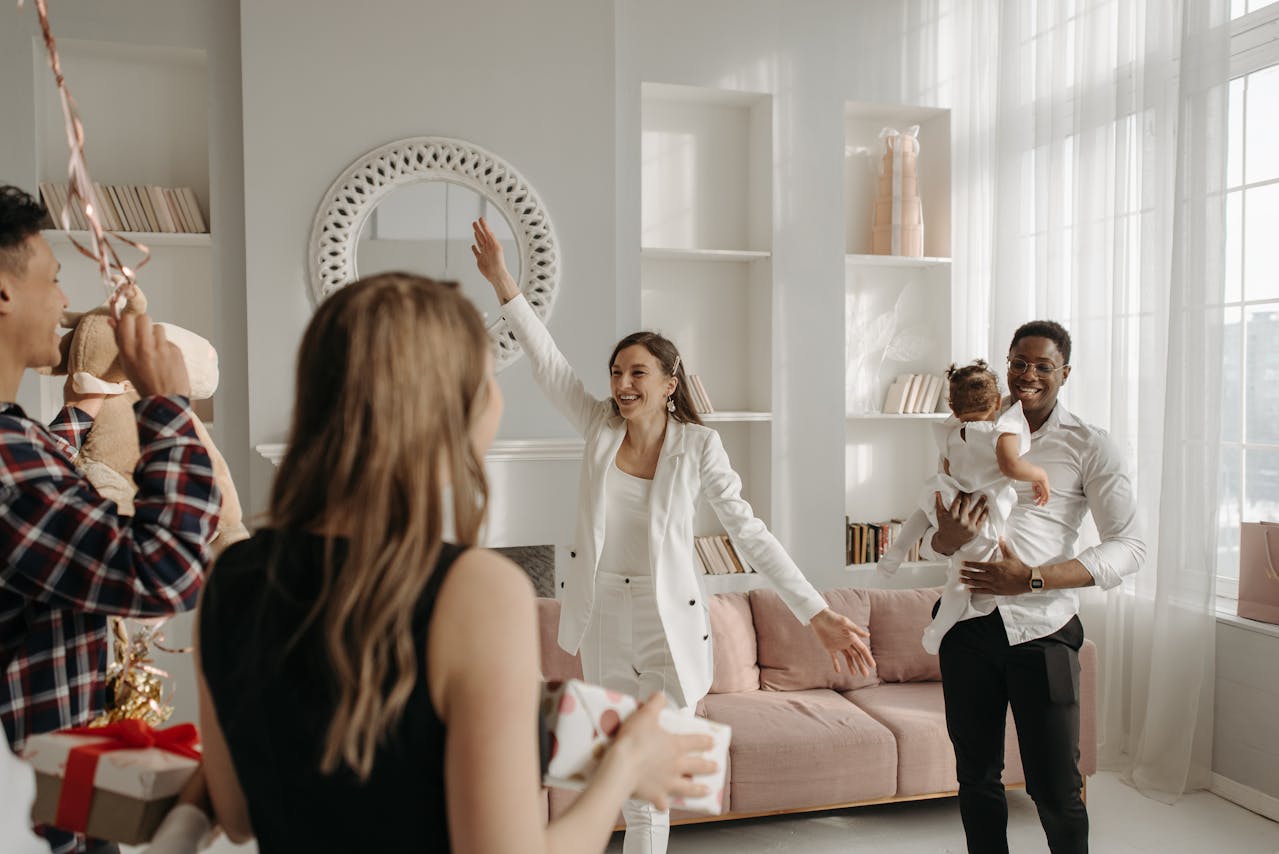From your kitchen to the bedroom, lighting plays a major role in every room’s ambiance. With so many different lighting styles available, it can be challenging to determine which options work best in each space. From accent lights to task lighting, selecting the appropriate fixtures and bulbs can significantly impact how your home looks and feels. Read on for some helpful information that can guide you toward choosing the best lighting for every room of your home.
Table of Contents
- The importance of using the right lighting at home
- Types of lighting
- Choosing the right light bulbs
- Light fixture styles
- The right lighting for each room
- Protect your lighting investments
The importance of using the right lighting at home

When you think of the lighting in your home, your mind likely goes toward the style of the fixture first. While aesthetics are always important, the actual light itself provides you with the best level of brightness possible. Choosing the right lighting in your home can reduce eye strain, headaches, and eye fatigue. It also helps you perform various tasks safely and more efficiently, like prepping food in the kitchen or reading in your home office. Selecting the right lighting will ensure that you’re able to do daily tasks much more easily, and it can also change the way a room looks regarding the size or mood in terms of interior design.
Types of lighting

Most lighting performs a function, typically in three main categories: ambient, accent, and task lighting. Here’s a closer look at each one, including what they can do for you:
- Ambient. This type of lighting generally sets the mood of a room and casts a warm, pleasing glow. Ambient lighting can consist of overhead light fixtures like pendant lights or chandeliers, or it can be more targeted like track lighting or recessed can lights in a bathroom or kitchen.
- Accent. Accent lighting is designed to highlight specific decorative elements in your home. A picture light showcases your favorite painting. A small buffet lamp on a console table is a great way to accentuate a funky wall texture or decorative items. Floor lights can be placed to highlight your favorite houseplant.
- Task: Just like the name implies, task lighting helps you accomplish specific tasks, such as reading a book, chopping veggies, or folding laundry. Adjustable task lighting, like a floor lamp with adjustable arms or a swiveling desk lamp, makes multitasking in the office, living room, or dining room easier.
Choosing the right light bulbs
The style of bulb you choose directly affects the light’s function. Light bulbs are classified based on two main measurements: lumens and Kelvins. Lumens measure how much brightness a light bulb emits. One lumen creates about the same amount of light as one candle. Kelvins represent the bulb’s color temperature, such as bright white, warm white, or soft white.
The three main types of bulbs used in residential fixtures require different amounts of energy and have varying operating lives.
- Incandescent. These bulbs are one of the most common styles available, but they don’t last as long as LED bulbs. Incandescent bulbs use more energy than LEDs, but they cost much less. Many appliances use incandescent bulbs, including the fridge and microwave.
- LED. LED bulbs cost more than incandescents, but they’re far more energy-efficient and last much longer. These versatile bulbs can be used for practically any indoor, outdoor, task, ambient, and accent lighting application.
- Halogen. Halogen bulbs are both affordable and energy-efficient. Their warm glow resembles an incandescent light and can be used indoors and out. Unfortunately, they don’t last very long — you’ll need to replace a halogen bulb after around 2,000 hours of use.
Light fixture styles
Each type of light fixture you choose plays a crucial role in the look and functionality of a room. Here are some of the most common types of light fixtures, along with their applications:
- Floor lamps. Floor lamps are a form of task lighting, and you can place one next to a chair for reading or by the desk in your home office. Torchiere-style floor lamps point upward, while other styles point downward or can be adjusted to suit your needs.
- Desk lamps: A desk lamp makes it easier for you to read, work on your computer, or write while working from home. These lamps typically have an adjustable head to move them to any angle for better functionality.
- Hanging fixtures. Hanging lights add a decorative style and ambient light to a room. Most hanging light fixtures are chandeliers or pendant lights; you’ll most often find them in the living room or kitchen.
- Solar lamps. A solar-powered lamp can save you a significant amount of energy. Powered by the sun, most solar lamps are used as garden lights outside since they require exposure to direct sunlight to recharge.
- Outdoor lights. Outdoor lighting, such as a porch light or garden pathway lights, illuminates your way at night. These lights make your home look welcoming for visitors arriving after the sun goes down.
- Cabinet lights. Typically installed directly under kitchen cabinets, cabinet lights are an excellent task light that makes prepping and cooking food safer and easier.
- Motion-activated lights. A motion-activated light is usually installed outdoors, such as a bright floodlight you can install near the garage or driveway. But you can use smaller motion-activated lights indoors to make getting a snack safer or walking off your insomnia at 3 a.m. These lights can even save you money on your electricity bill, according to the U.S. Department of Energy.
- Buffet lamps. These small accent lights are commonly placed in an entryway or on a dining room cabinet or “buffet.” They’re mostly used for decoration, but they’ll add a warm ambiance to any space in your home. Pairing them with the right carpet style can elevate the entire room’s aesthetic, making both the lamps and the floor pop in harmony.
- Wall sconces. A wall sconce can be used for tasks or ambient lighting. Install a pair of these decorative fixtures on each side of your bed, or use them to brighten and beautify a dark hallway.
The right lighting for each room

Photo by Maxim Lighting, Maldives Collection
The right lighting for each room gets you the most out of every space in your home. These tips will help you decide which types of lights to where.
- Living Room. Lighting in the living room can be layered, consisting of task and ambient lighting. Overhead pendants or chandeliers provide a nice ambient glow, while task lights such as table and floor lamps make it easier to read and relax. Choose warmer color temperatures to make the space feel cozier, and install a dimmer switch so you can control the brightness of your overhead lights. Make sure your bulbs aren’t too bright or too dim: For ambient lighting, choose bulbs between 1,500 and 3,000 lumens, and for task lighting, make sure they’re at least 400 lumens. During the day, keep the blinds or curtains open in your living room to take advantage of the natural light streaming in.
- Kitchen. LED bulbs are a good choice in your kitchen and should be approximately 5-10,000 lumens for ambient lighting and around 450 lumens for task lighting. Dimmable overhead lighting can help set the right mood for cooking, and under-cabinet lights and pendant lighting over an island can serve as both task and ambient lighting. Choose warmer bulbs for the overhead fixture and cooler color temps for task lights. A window over the sink is a great way to take advantage of some natural light in this room.
- Bedroom. Keep the color temperature in your bedroom warm to promote rest and relaxation. Incorporate table lamps, wall sconces, or floor lamps for reading before bedtime. Ambient ceiling lighting should be between 2-4,000 lumens, and task lights should be at least 500 lumens each. Closet lighting is best at or above 400 lumens. If you have a window in your bedroom, keep window treatments open during the day, and close them at night to keep your room dark. In the morning, open them wide to help you wake up.
- Bathroom. Wall lighting next to mirrors is best in a bathroom to avoid casting shadows on your face while you prep for the day. The ambient lighting in this room should be between 4,000 and 8,000 lumens, and mirror task light should be a minimum of 1,700 lumens. A recessed can light in the shower provides extra ambient light. Use blinds in your bathroom for extra privacy, and open them to enjoy the morning sunlight as you get ready for the day ahead.
- Studio/Home Office. Task lighting like desk or table lamps is especially important in this room. Keep ambient lighting bright, with a lumens level between 3,000 and 6,000. Task lighting at your desk should be approximately 1,200 lumens. Enjoy the natural sunlight in your home office to help with focus, but make sure your computer is facing away from the window to avoid glare on the screen.
- Entryway, Hallways & Stairs. Ambient lighting in entryways and stairways should be between 1,200 and 4,000 lumens. In a hallway, the lumens should be between 1,200 and 2,500. In these darker, smaller spaces, artwork looks stunning illuminated by small picture lights.
- Utility room/garage. These workspaces require bright, overhead lighting to illuminate whatever projects you work on there. Lumens should be approximately 2,100 or more per bulb, and overhead fixtures should be at least four feet long for ample coverage. A good rule of thumb in the garage is installing at least one eight-foot overhead fixture per vehicle.
- Outdoors (garden/backyard). Choose your outdoor light fixtures based on the functionality you need. Ultra-bright motion-activated floodlights are best for security, while lower-lumen solar lamps add ambiance and interest in the garden and adequately light pathways. Avoid using bright lights at the front entry — keep bulbs around 1-2,000 lumens and pathway lighting around 300 or more lumens.
Protect your lighting investments
Once you have the perfect lighting in every room, it’s time to protect the fixtures and the electrical system.
A home warranty is like a safety net for your appliances and systems, including lighting fixtures. It can provide coverage in case of unexpected breakdowns or malfunctions. Imagine your brand-new pendant lights in the kitchen suddenly flickering or your LED bulbs in the living room losing their brightness. In such situations, a home warranty can be a lifesaver.
When you have a home warranty, and a covered lighting issue arises, you can contact your warranty provider. They will arrange for a qualified technician to assess and repair the problem. This saves you the hassle of finding a reliable technician and ensures that your lighting is back in top shape without breaking the bank.
Additionally, home warranties often include a range of other benefits, such as peace of mind knowing that major home systems like heating, cooling, and electrical are also protected. This comprehensive coverage can be particularly reassuring when you’ve invested in high-end lighting solutions.
So, as you invest time and effort in selecting the perfect lighting fixtures, consider adding a home warranty to your checklist. It’s a practical way to ensure the ambiance and functionality you’ve worked so hard to create in your home remain intact for years. Making informed decisions about your lighting and its protection can elevate your home’s comfort and aesthetics.
As you continue to upgrade and refine your home’s lighting, it’s equally important to consider responsible appliance disposal. Over time, certain light fixtures or older bulbs might become obsolete or no longer align with your design vision. Instead of tossing them in the trash, research local recycling programs or disposal services that specialize in handling such items. Some companies even offer pick-up services, making the process convenient and eco-friendly. By ensuring proper disposal, not only are you being environmentally conscious, but you’re also keeping your living spaces decluttered and organized. This thoughtful approach goes hand-in-hand with your commitment to creating an optimal lighting environment in your home.
From the types of bulbs and light fixtures you choose to the overall functionality of your lighting, selecting the right lighting in every home room can make a major difference in how each space works for you. Playing with lumens and color temperature helps you create the exact right lighting for the needs of any space, and it can help you set the exact mood you want in your home.




